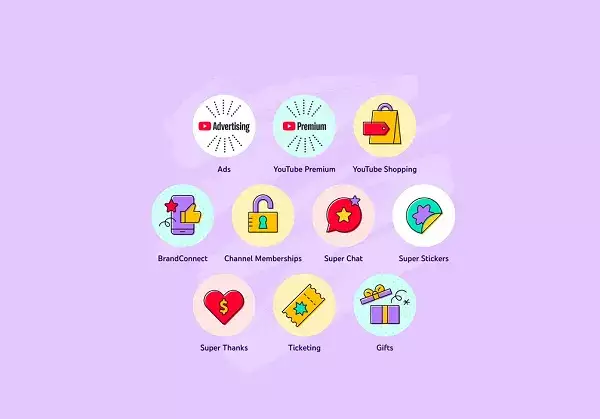YouTube has long been a powerful platform for creative expression and entertainment, and as it continues to evolve, the opportunities for creators to monetize their content are expanding significantly. Understanding these monetization avenues is critical for any aspiring YouTuber looking to turn their passion into a sustainable income. This article delves into the various monetization strategies that YouTube offers, emphasizing the benefits and potential pitfalls of each.
The Bread and Butter: In-Stream Ads
In-stream ads have been the cornerstone of YouTube’s monetization model since its inception. This method allows creators to earn revenue by displaying ads during their videos, provided they are part of the YouTube Partner Program. The recent enhancements to ad placement controls offer creators greater autonomy to manage how and when these ads appear, tailoring the experience to both their content and audience. However, relying solely on this method can be risky—it requires consistent views and engagement to translate ads into substantial revenue.
In an increasingly crowded market where diverse content abounds, creators may need to diversify their income streams beyond just in-stream ads to ensure financial stability.
YouTube Premium: A Win-Win Situation
YouTube Premium stands out as an alternative income option that benefits both creators and the platform itself. With a significant portion of the subscription fees being funnelled back to content creators, it is an attractive option for those who produce high-quality, engaging content. The experimental Premium Lite offering suggests an evolving approach to monetization that can cater to varied audience segments. However, despite its appeal, Premium relies heavily on attracting subscribers who are willing to pay for an ad-free experience.
Creatively marketing to this demographic could make a substantial difference, and it requires creators to articulate the value they bring in exchange for a subscription.
Innovative Shopping Dimensions
YouTube Shopping is a fascinating feature that marries e-commerce with content creation. By tagging products directly in videos, creators can earn a commission on sales generated through their content. This lucrative method not only opens up additional revenue streams but also enriches the viewer experience by seamlessly integrating shopping into enjoyable videos. However, creators must be astute in choosing products that resonate with their audience, as a mismatch can lead to viewer disengagement and reduced credibility.
The art of storytelling extends to selling, and creators who master this can harness remarkable earning potential.
Brand Partnerships: The Power of Collaboration
BrandConnect is another innovative monetization pathway that connects creators with brands looking to promote their products. Such partnerships can lead to mutually beneficial collaborations, allowing creators to tap into additional revenue while brands gain access to engaged audiences. This symbiotic relationship underscores the importance of maintaining authenticity and trust with one’s audience; any perceived insincerity can result in backlash.
Creators should take time to select partnerships that align with their values and brand identity, ensuring that promotional content remains relatable and genuine.
Fan Engagement Innovations
YouTube is not just a platform for passive consumption; it excels in fostering community engagement through various interactive features. Super Chat, Super Stickers, and Super Thanks empower fans to support creators during live streams and by highlighting their comments. These innovations not only promote viewer engagement but also facilitate direct financial contributions.
Similarly, features like ticketing for concerts and virtual gifts provide exciting dimensions to fan engagement. However, creators need to be mindful of balancing monetization with community-building; overly aggressive monetization strategies may deter loyal fans.
Rethinking the Purpose of Art in a Monetized World
As creators explore these diverse monetization avenues, it is vital to reflect on the larger implications of merging art with capitalism. While financial sustenance is crucial, it is essential to maintain artistic integrity. Many believe that the need for monetary gain can dilute the essence of creativity, reducing art to mere transactional interactions.
On the other hand, YouTube’s monetization offerings can empower creators to dedicate themselves fully to their craft. Ultimately, approaching monetization with thoughtful intent can yield a positive impact on both the artist’s livelihood and the audience’s experience.
In this complex landscape, the onus is on creators to navigate their monetization choices carefully, ensuring that they remain authentic while exploring the lucrative opportunities laid out by platforms like YouTube.

